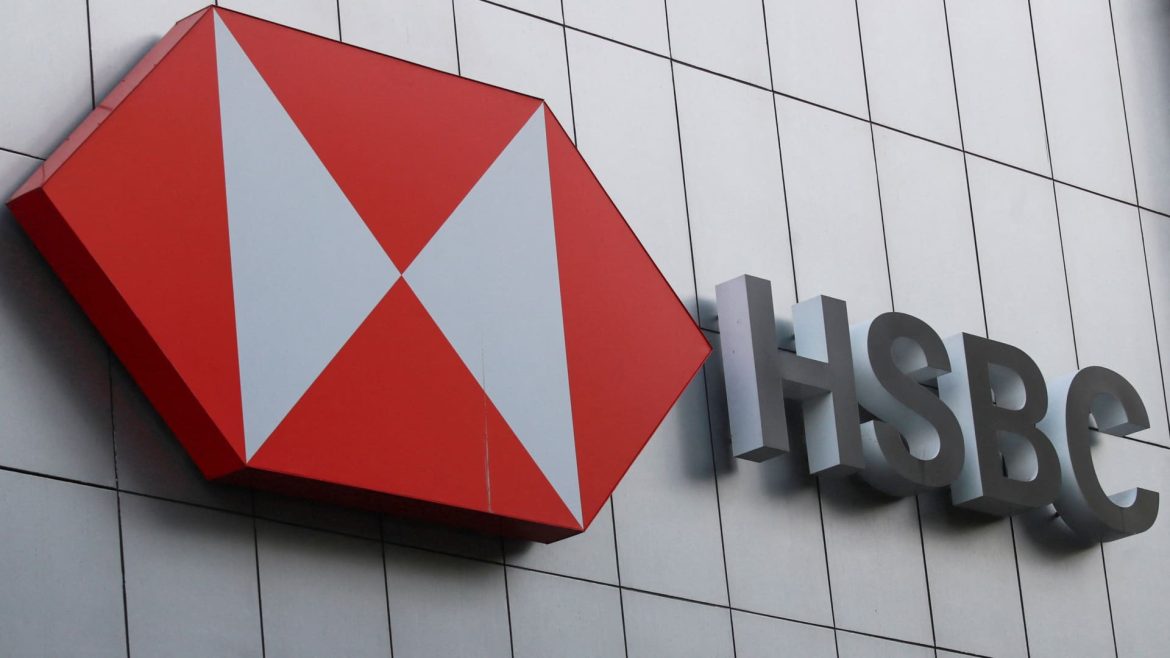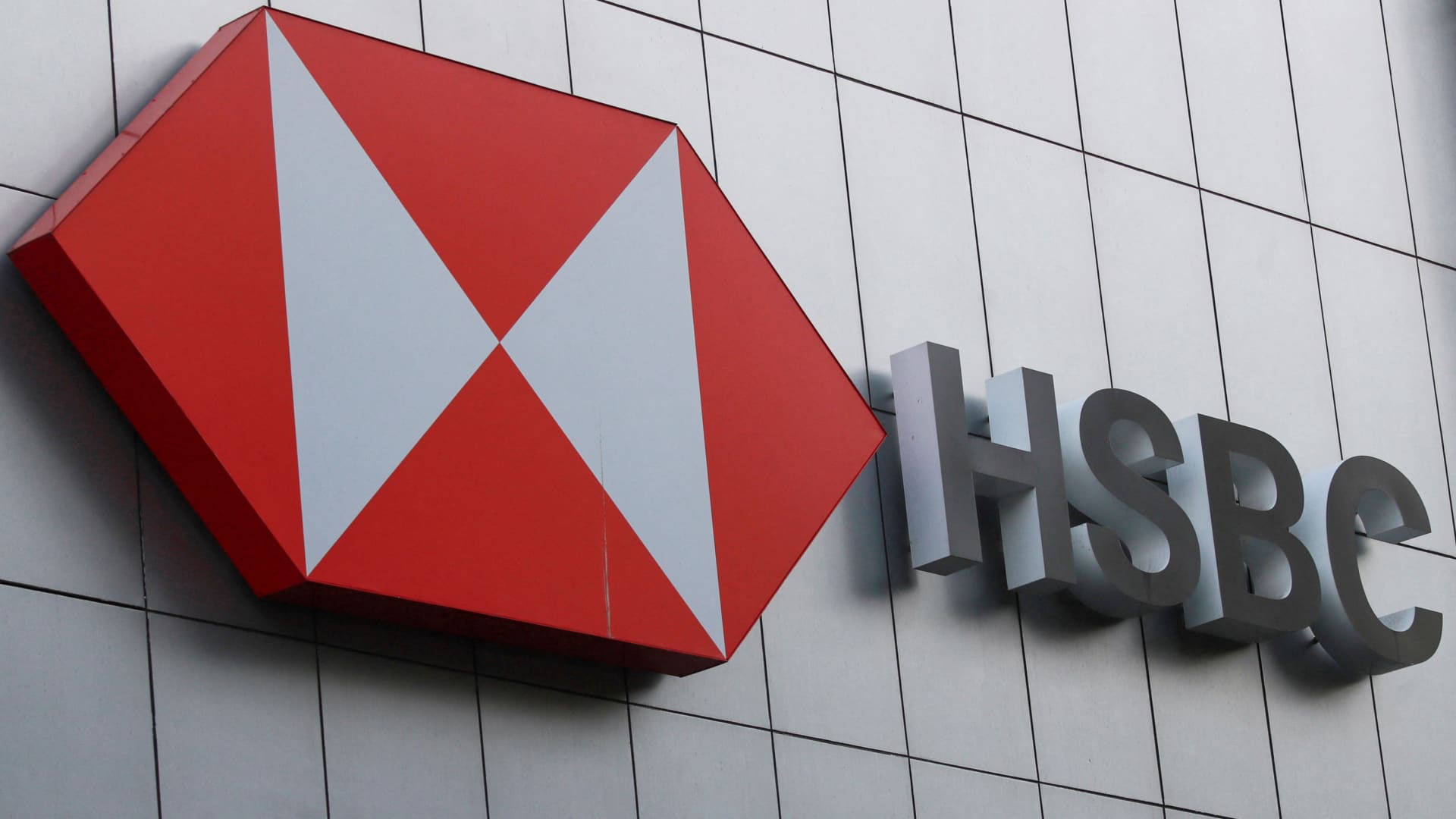HSBC’s Strategic Crossroads: Decoding the Profit Decline and Buyback Strategy
Introduction: A Tale of Two Narratives
HSBC’s second-quarter results present a dichotomy that encapsulates the complexities of modern banking. On one hand, a 29% plunge in pre-tax profit to $6.3 billion signals turbulence, while on the other, a $3 billion share buyback program signals confidence. This duality reflects the bank’s delicate balancing act between addressing immediate financial challenges and investing in long-term growth. To understand this strategy, we must dissect the factors driving the profit decline, the rationale behind the buyback, and the broader implications for HSBC’s future.
The Anatomy of the Profit Decline
Impairment Charges: A Reflection of Economic Realities
The most significant contributor to HSBC’s profit decline was impairment charges, which surged in the second quarter. These charges represent the bank’s acknowledgment of potential losses on loans and other assets, often due to deteriorating economic conditions or borrower creditworthiness. In HSBC’s case, these charges likely stem from several sources:
– Economic Slowdown in China: HSBC’s extensive operations in Asia, particularly in Hong Kong and mainland China, make it vulnerable to economic headwinds in the region. China’s slowing growth, regulatory crackdowns, and property market woes have increased the risk of loan defaults, prompting HSBC to set aside more funds for potential losses.
– Global Trade Tensions: Ongoing trade disputes and geopolitical uncertainties have created a challenging environment for businesses, increasing the risk of defaults on commercial loans.
– Regulatory Pressures: Stricter regulatory requirements, particularly in Europe, have compelled banks to adopt more conservative accounting practices, leading to higher impairment charges.
Rising Expenses: The Cost of Doing Business
Beyond impairment charges, rising expenses have also squeezed HSBC’s profit margins. These costs stem from various sources, including:
– Technology Investments: HSBC, like other global banks, is investing heavily in digital transformation to stay competitive. This includes upgrading IT infrastructure, enhancing cybersecurity, and developing new digital banking products.
– Regulatory Compliance: The cost of complying with increasingly complex regulations, particularly in areas like anti-money laundering and data privacy, has risen significantly.
– Inflationary Pressures: Inflation has driven up operating expenses, from salaries to office supplies, further straining the bank’s bottom line.
The $3 Billion Buyback: A Strategic Gambit
The Logic Behind the Buyback
At first glance, launching a $3 billion share buyback amid a profit decline might seem paradoxical. However, buybacks are a common tool used by companies to enhance shareholder value. The rationale behind HSBC’s decision includes:
– Enhancing Earnings Per Share (EPS): By reducing the number of outstanding shares, buybacks can increase EPS, making the company’s stock more attractive to investors.
– Signaling Confidence: A buyback can signal to the market that the company’s management believes its shares are undervalued and that the company has sufficient capital to invest in itself while maintaining financial health.
– Returning Capital to Shareholders: In the absence of more attractive investment opportunities, buybacks can be an efficient way to return excess capital to shareholders.
The Timing and Implications
The timing of the buyback raises questions about HSBC’s priorities. Critics might argue that the bank should focus on investing in growth opportunities or strengthening its balance sheet, particularly given the uncertain economic outlook. However, HSBC’s management likely believes that the buyback is a prudent use of capital, given the bank’s strong financial position and the potential for the stock to appreciate in the long term.
Moreover, the buyback could be seen as a way to offset the negative sentiment surrounding the profit decline. By demonstrating a commitment to returning capital to shareholders, HSBC can reassure investors and potentially attract new ones.
Regional Dynamics: Asia’s Pivotal Role
HSBC’s performance is deeply intertwined with the economic health of the regions in which it operates, particularly Asia. The bank’s significant presence in Hong Kong and mainland China makes it particularly sensitive to economic fluctuations in these markets.
Economic Headwinds in China
China’s economic slowdown, regulatory uncertainties, and property market woes have created a challenging environment for HSBC. The bank’s exposure to these risks is reflected in the increased impairment charges. However, Asia remains a crucial growth engine for HSBC, and the bank’s long-term strategy is heavily focused on expanding its presence in the region.
Opportunities and Challenges
Despite the challenges, Asia presents significant opportunities for HSBC. The region’s growing middle class, increasing digital adoption, and ongoing economic development create a fertile ground for banking services. HSBC’s deep roots in Asia position it well to capitalize on these opportunities, provided it can navigate the region’s complexities effectively.
Leadership Transition: A New Chapter
Adding another layer of complexity to the situation is the impending retirement of HSBC’s Chief Executive, Noel Quinn. Quinn’s tenure has been marked by significant progress in streamlining the bank’s operations and focusing on its core markets. However, the leadership transition creates a period of uncertainty.
The Challenges Ahead
The new CEO will face the daunting task of navigating a complex global economic landscape, managing regulatory pressures, and executing HSBC’s strategic vision for the future. The success of the buyback program and the overall health of the bank will depend, in part, on the leadership and strategic decisions of the incoming CEO.
The Opportunity for Innovation
The leadership transition also presents an opportunity for fresh perspectives and strategic innovation. The new CEO will have the chance to rethink HSBC’s strategy, prioritize growth areas, and implement changes that can drive the bank forward in the long term.
Market Reaction and Strategic Implications
The interplay between HSBC’s profit decline and the share buyback announcement has significant strategic implications. It highlights the challenges faced by global banks in balancing profitability with shareholder returns in an increasingly complex and competitive environment.
Mixed Market Sentiment
The market’s reaction to the news has been mixed. While the buyback announcement likely provided some support to the stock price, concerns about the profit decline and the uncertain economic outlook may have tempered investor enthusiasm. The long-term impact on HSBC’s stock price will depend on the bank’s ability to improve its profitability and execute its strategic plans effectively.
Strategic Balancing Act
HSBC’s strategy reflects a delicate balancing act. On one hand, the bank must address immediate financial challenges, such as rising impairment charges and expenses. On the other hand, it must invest in long-term growth opportunities, particularly in Asia. The buyback program is a manifestation of this balancing act, signaling confidence in the bank’s long-term prospects while addressing short-term shareholder concerns.
Conclusion: A Bank at a Crossroads
HSBC’s recent performance presents a nuanced picture of a global bank at a crossroads. The profit decline underscores the challenges posed by impairment charges, rising expenses, and economic uncertainties. The share buyback, on the other hand, signals confidence in the bank’s long-term prospects and a commitment to rewarding shareholders.
Ultimately, HSBC’s future success will hinge on its ability to navigate these challenges effectively, capitalize on growth opportunities in Asia and other key markets, and maintain a strong financial position. The leadership transition adds another layer of complexity, but also presents an opportunity for fresh perspectives and strategic innovation. As HSBC moves forward, the decisions made today will shape its trajectory for years to come. The $3 billion buyback is more than just a financial maneuver; it’s a statement about HSBC’s belief in itself, a belief that will be tested in the months and years ahead.





